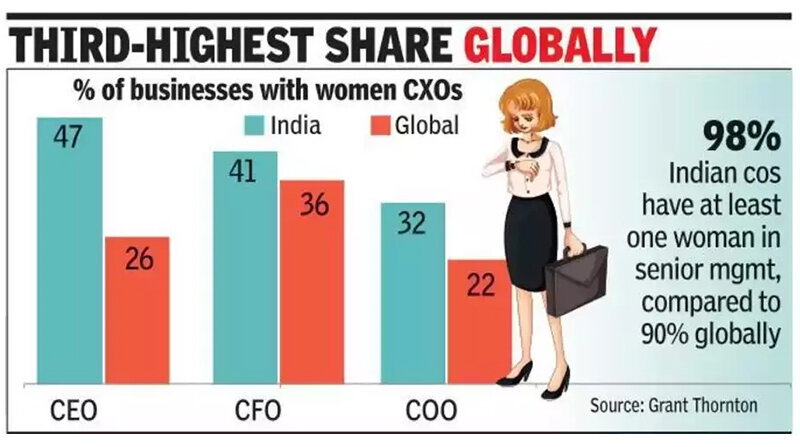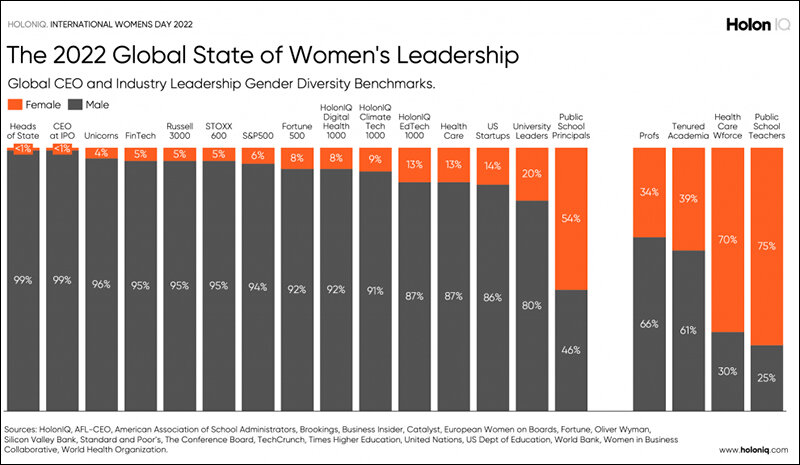Uma Iyer examines the characteristics, both positive and negative, of leaders that often drive innovation but by maximizing toxicity in workspaces
What do Elon Musk and Steve Jobs have in common? They are viewed as leaders keen to create and roll out products that not only help generations view technology differently but also extremely user-friendly. They both have been viewed as leaders who are disrupting the work culture in the organization particularly creating anxiety in search of perfection!
But both are also seen as toxic in their own right. Berating employees, forcing them to work longer hours at static pays, threatening to, or actually, firing large swathes of them without prior notice. These are the markers of a deeply noxious workspace led by deeply toxic leaders.
What is toxicity in leadership?
How can one identify such behaviors and what can be done to improve oneself and the workspace in which one operates in this regard?
Podcast: Toxic Leadership at workplace…
The Negatives
It is challenging to create cutting-edge technology without being a ‘task-master’. Elon Musk’s circular to managers to code for 20 per cent of their time came in as a rude shock for many managers in Twitter. Asking the team to come back to office after the relaxed working model in COVID has been seen as regressive.
We live in an extremely competitive world and all businesses have a life-cycle. They require to maximize productivity at all costs. Donald Trump coined the infamous words “You’re fired!“. While it is incredibly painful to lose a job, it is even more painful to work in an environment where you do not feel safe and protected. If someone always works with a sword on the head, it does create a ripple effect and ends up being counterproductive for the organization.
The employee value is a debatable topic and cannot be aligned at par with general machinery. There is a value to the skill that the employee brings, a COBOL developer in a company that still deals with mainframes where the entire new breed of engineers are python developers is a very important team member, although working on legacy technology!
“Most companies have now moved on to coding in Java and Python while the underlying systems still remain in legacy due to stability purposes. It becomes very difficult to find a workforce that can understand and support the DB2 systems as strategically, service providers do not recruit or train for legacy skills. This creates a gap in the market as the experienced resources are either retired or moved to senior roles! The cost vs value is dependent on the skills that are required in the market at this point and it’s a fine line we managers have to tread when it comes to lay-offs!” -Abhijit Mathur (Platform Lead at a leading Bank).
‘But if Tesla does it or Apple does it, so can we?’ It is very difficult to quantify the long term efficacy of such unemotional and ruthless leadership. While it does get speed to market, it comes with a cost which is typically managed by the company’s PR by accentuating the eccentricities as being a stroke of genius! In the complexities of bottom lines, profits, margins, product innovation, customer uptake, employee mental health does take a nose-dive.
The Positives
It is a fine line. Keeping employees that hurt the bottom line of a company is not good for anyone. To inject freshness and creativity, churn really helps. It is uncomfortable, but discomfort breeds creativity. Change is a constant. We are not living in the corded phones connecting to interchange anymore! We conveniently have replaced the operators, receptionists and quite a few roles over time. The tills are automated in most markets as well! Capitalism is a boon and a bane in the same breath. While shedding jobs to show profitability is not a good thing, it is important to shed wings of the teams where needed to ensure that there is injection of fresh ideas and removal of unsupported systems.
“It takes a decisive strategic decision to transform and migrate the systems as soon as possible, which means that either the skills need to be transferred or we need to bring in new skills! The former is always an option in most areas we work in, it’s a win-win for all, some of our older nurses have moved to the admin team and are enjoying their new role!” Laura Robin (Head registration – Health services)
Let’s see some examples of what comprises Toxic leadership:
a. The narcissistic leader: Someone who values pride, prestige, requiring admiration and excessive PR.
b. Never satisfied leader (Controller): These are the obsessive micromanagers who want everything done perfectly to their expectation.
c. Critical leader: This is the kind where they are trigger happy to give feedback
d. Self-asserted Workaholic: Did you ever have a leader who said ‘half day?’ when you left at 5:00 p.m.? Workaholics are the most common types.
If you want to read on about more styles, here is how
What can one do about toxic leadership?
It is underpinned by definitive study, it is not a myth. “A 2016 Gallup poll found that only 18% of managers demonstrate a high level of talent for managing others – meaning a shocking 82% of managers aren’t very good at leading people. Gallup estimated that this lack of leadership capability costs U.S. corporations up to $550 billion annually.
Listen in to our Podcast: An Empathetic Leader, a scarcity
A new report published Wednesday may help shed some light on the subject. Workplace consulting firm Emtrain, whose clients have included companies like Netflix, Pinterest, and Yelp, surveyed 40,000 employees at 125 companies throughout 2019. The results ought to be eye-opening for any leader: Subtle social dynamics within your company that you may not be aware of have the ability to create real toxicity among your ranks. Consider the following stats from the report:
- 83 percent of employees wouldn’t report harassment if they saw it.
- 41 percent of employees aren’t confident that if they made a harassment complaint, their management would take it seriously.
- Only 20 percent of employees think managers are aware of how their power influences workplace interactions.
Introduce Diversity
The built environment industry has identified the need to overcome chronic discrimination based on gender, ethnicity, disability, sexual orientation, age and socio-economic background to create a strengthened, resilient and representative workforce.
The value of gender diversity—particularly in the workplace—is widely acknowledged. Women bring different perspectives and approaches to business, resulting in a more inclusive workplace and often better performance for the company.

‘Learn. Invest in yourself. Invest in your skills. Seek advice and support. But remember to be yourself.”
“You don’t have to be perfect. And you don’t need to have a role model of a super uber-confident person. I know lots of people who are not confident and are immensely successful.”
“Diversity in business is essential. You want diversity of thought. You want the best people regardless of their background, their gender – so that you can get the best out of people.” – Alison Rose – NatWest CEO (Chief Executive Officer)

Move on
‘Fear of Failure’ causes more harm than good. Assess your own personal values and think about options that are available. Give interviews and ascertain the market. Put yourself out there and seek feedback from your peers.
Create a clear plan of action and learning while looking for suitable options that fit your purpose better. Alternatively look for hustle work which will help build your confidence back and keep the purpose alive.
Speak up!
Many organizations have formal grievance mechanisms which can be raised with appropriate support networks to enable well-being of their employees.
The most important aspect is to be proactive and seek clarity and initiate a candid conversation with facts while the intent being communicating on how you feel versus how one often makes people feel.
It creates a factual discussion on how the actions impact performance and morale with an intent to make things work. Ensuring that the discussion and actions are documented with a clear view forward would be very helpful.
In case you missed:
- None Found









